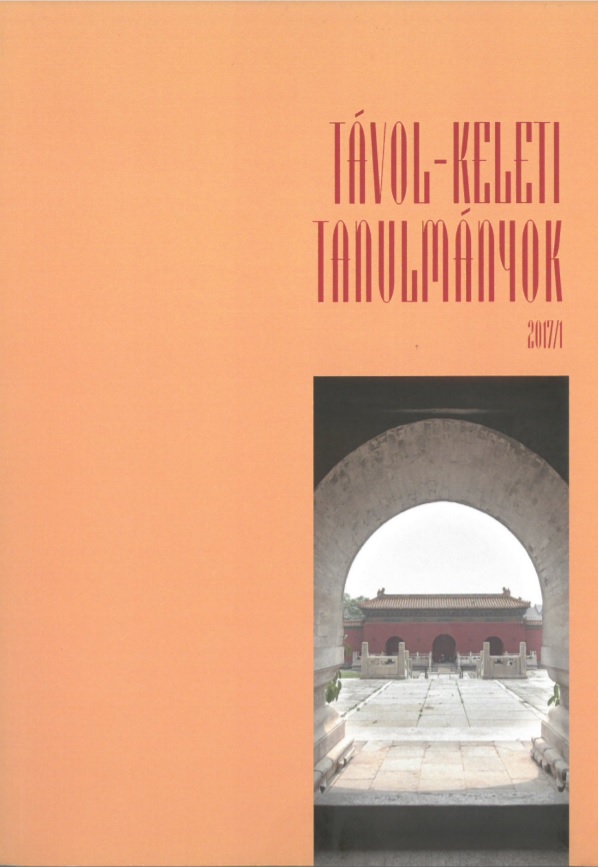Megjelent 2018-10-01
Hogyan kell idézni
Copyright (c) 2018 a szerző(k)

This work is licensed under a Creative Commons Attribution-NonCommercial 4.0 International License.
Absztrakt
The objective of my doctoral research is to interpret the meaning of the costumes of female figural depictions on the walls of Banteay Srei and of other contemporary buildings erected in the 10th century. This study could
hopefully also shed new light on the hitherto unsatisfactorily solved question of the dating of the construction periods of the Banteay Srei sanctuary. The architectural and art historical research of Banteay Srei temple has been a fundamental topic in Angkorean research for decades. In 2013 and 2014, I spent altogether six months in Angkor to collect all the data of the carved and sculpted costume depictions belonging to the socalled Banteay Srei style. I established a complete catalogue of more than 550 figural depictions found on site on the walls of Banteay Srei temple complex (including all human and mythological figures which are depicted with clothes or jewellery), and also other contemporary edifices found currently in Cambodia and Thailand, as well as in different museum collections all around the world. With the help of this database, I interpreted the depictions in their cultural, religious, architectural and narrative context. In order to achieve my field research it was crucial to obtain an official research permit issued by the APSARA Authority, the state institution that is responsible for protecting the Angkor monuments. As a result of my personal presentation, I got the generous support of the Authority and I gained access to several sculptural collections, as well as researchers’ and museum collection databases. The personal collaboration with young researchers working at the APSARA Authority has made it possible for me to visit and document various monuments in remote areas. To access these ruins, we many times relied on the local people, mainly kids, even though we were well prepared and well equipped with modern navigational knowledge and tools. In addition to the scientific documentation, the greatest achievement of these research trips was that I have learned to trust the guidance of the ’local world’.
